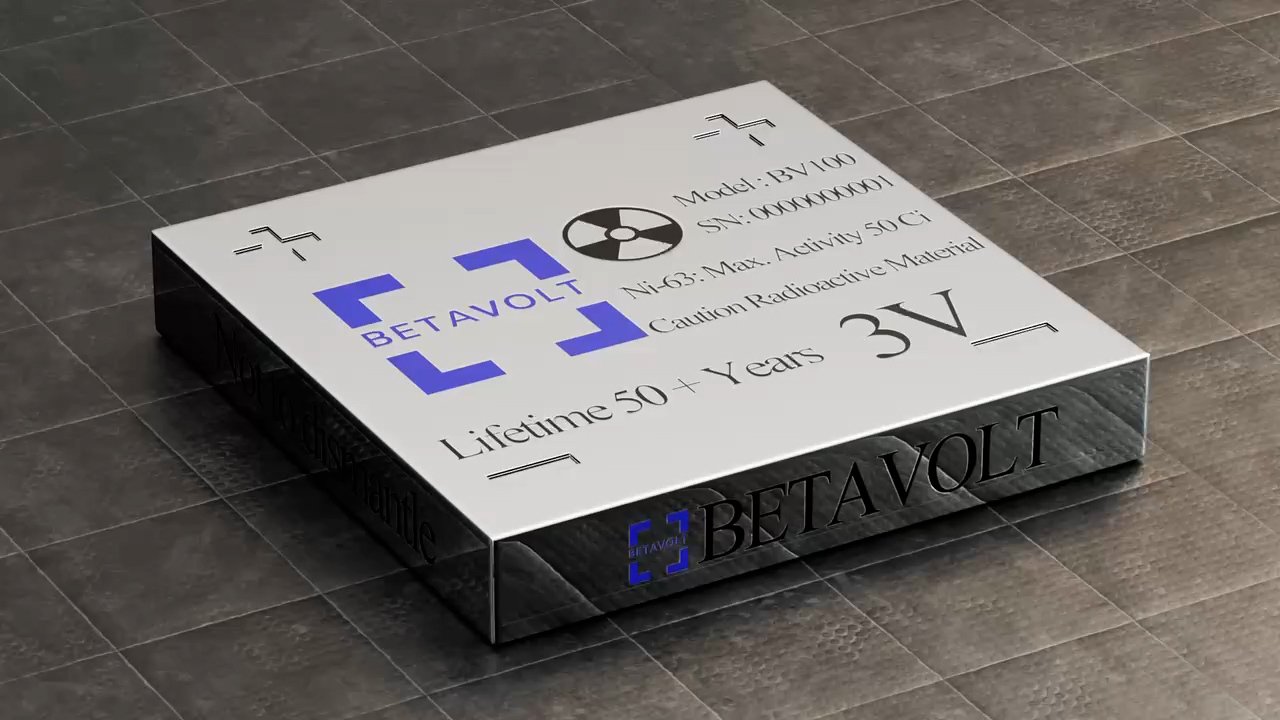
Chinese company unveils nuclear battery that it says can run for 50 years
Media Landscape
See who else is reporting on this story and which side of the political spectrum they lean. To read other sources, click on the plus signs below.
Learn more about this dataLeft 0%
Center 0%
Right 100%
[Batman (1966) – Confound it, the batteries are dead!]
[The Gang Runs for Office – Best Scenes!]
[The battery is dead clip]
[JACK AYLMER]
BUT WHAT IF THERE WAS A BATTERY THAT DIDN’T RUN OUT?
One that COULD KEEP RUNNING FOR DECADES?
It’s something scientists are working on and are ready to reveal to the world. Chinese tech company Betavolt just unveiled this new module nuclear battery.
It uses a radioactive isotope.
In this case – one from nickel – and pairs it with a state of the art semiconductor.
The battery apparently packs a punch, able to power a device for up to 50 years.
And Betavolt says, right now, they’re the only ones in the world that can make them. Well, the company says they hope to utilize the tech in mobile phones – or drones.
[Shazam _Charging Phones_ Scene]
[JACK AYLMER]
But there are other potential applications – AI devices, medical equipment and more.
The energy density of these batteries is 10 times greater than those made from current lithium-ion technology and are much less likely to result in fires or explosions.
EVENTUALLY WHEN THE NUCLEAR BATTERY’S LIFE FINALLY DOES COME TO AN END, IT DECAYS INTO NON-RADIOACTIVE COPPER THAT POSES A MINIMAL ENVIRONMENTAL RISK.
THIS ALL MAY SEEM LIKE THE WORK OF CUTTING EDGE MODERN SCIENCE, BUT THE TECHNOLOGY HAS ACTUALLY BEEN AROUND SINCE the 1950’S.
BACK THEN IT WAS ULTIMATELY USED FOR POWERING SOME OF AMERICA’S FIRST SPACECRAFT MISSIONS, AND CONTINUES TO HELP GENERATE ENERGY FOR DEEP-SPACE EXPLORATION TODAY.
THESE BATTERIES HAVE EVEN BEEN CONSIDERED AS POWER SUPPLIES FOR A MARTIAN COLONY.
HOWEVER, MAKING NUCLEAR BATTERIES AVAILABLE FOR MASS COMMERCIAL USE HAS BEEN A CHALLENGE.
THEY’RE EXPENSIVE TO MAKE AND CARRY THEIR SHARE OF SAFETY CONCERNS WHEN DEALING WITH RADIOACTIVE MATERIAL.
BETAVOLT IS UNDETERRED.
THEIR BATTERIES ARE CURRENTLY IN A PILOT PROGRAM WITH A GOAL OF EVENTuAL MASS PRODUCTION.
THEY SAY THEIR PRODUCTS WILL BE SAFE FOR CONSUMERS AND WON’T LEAK RADIATION EVEN IF SUBJECTED TO A GUNSHOT.
BETAVOLT HAS INDICATED EVEN MORE POWERFUL MODELS COULD BE DEVELOPED BY AS EARLY AS NEXT YEAR.





